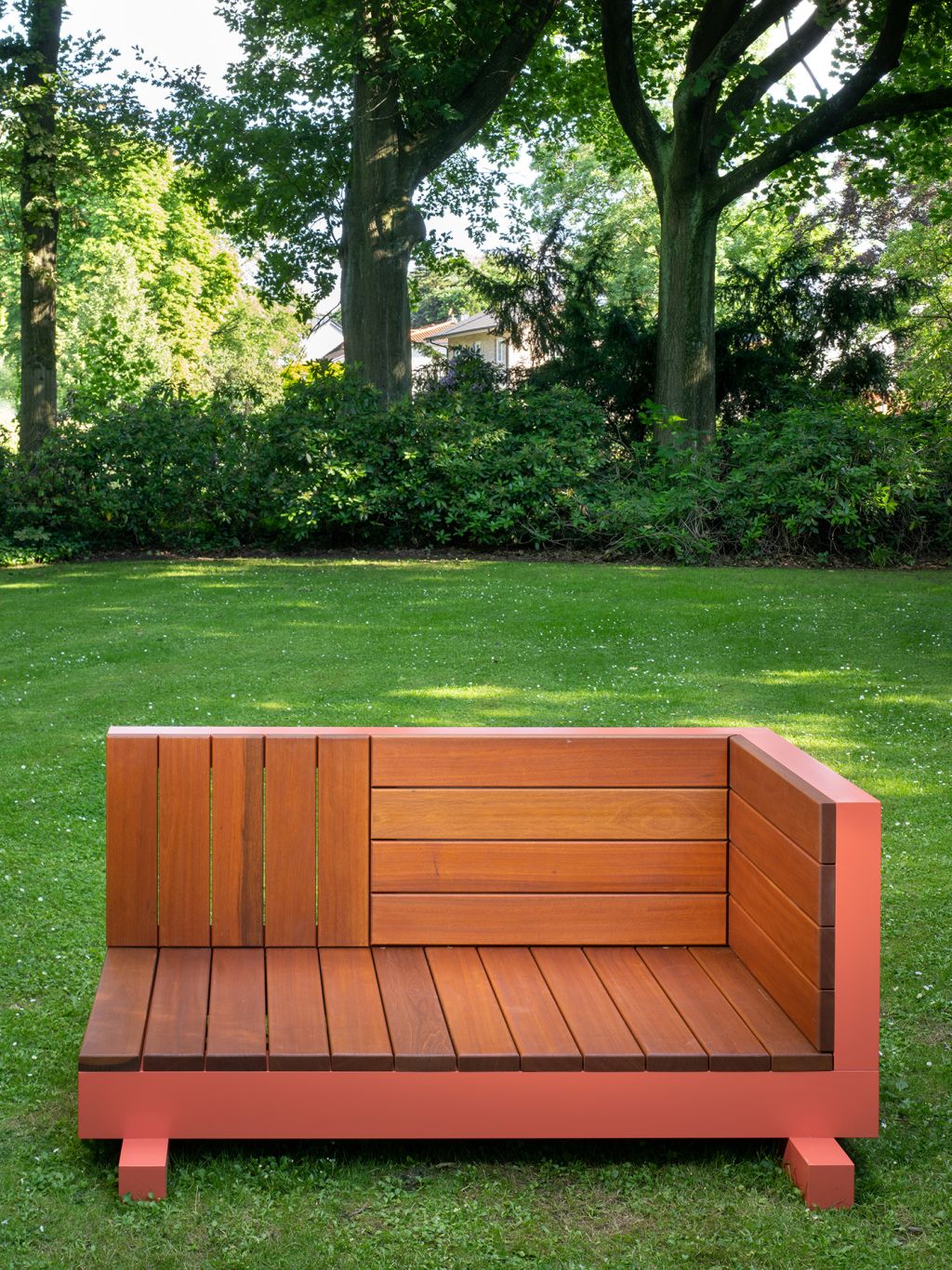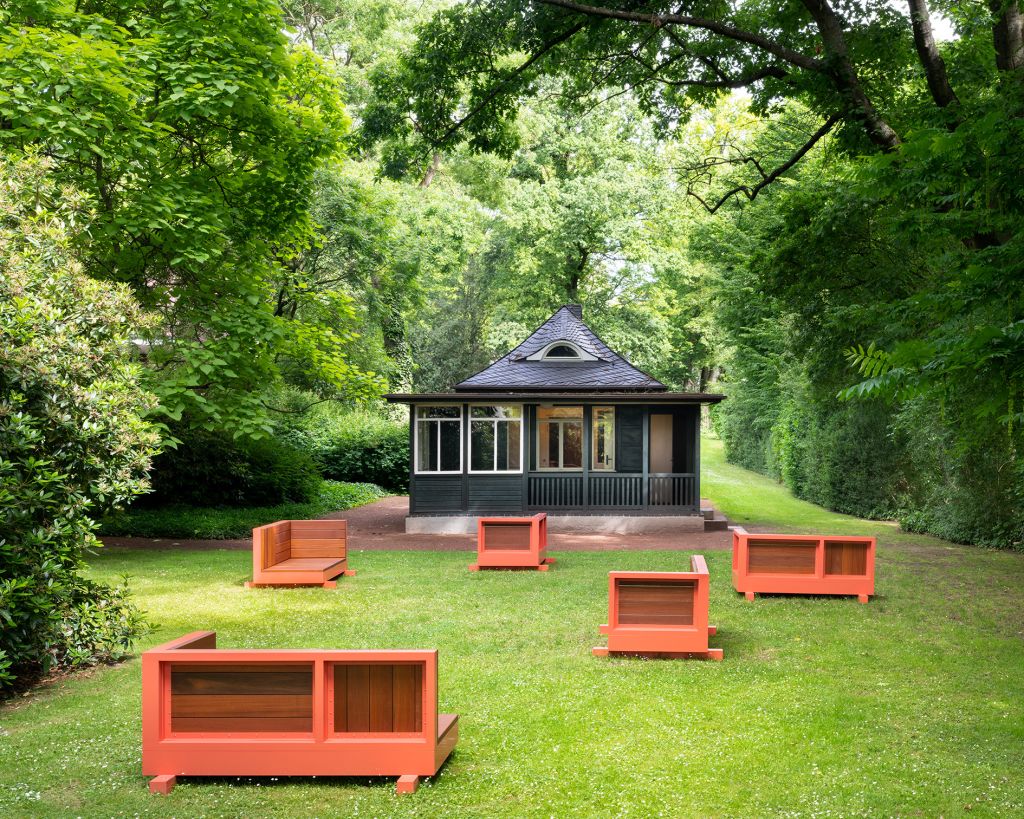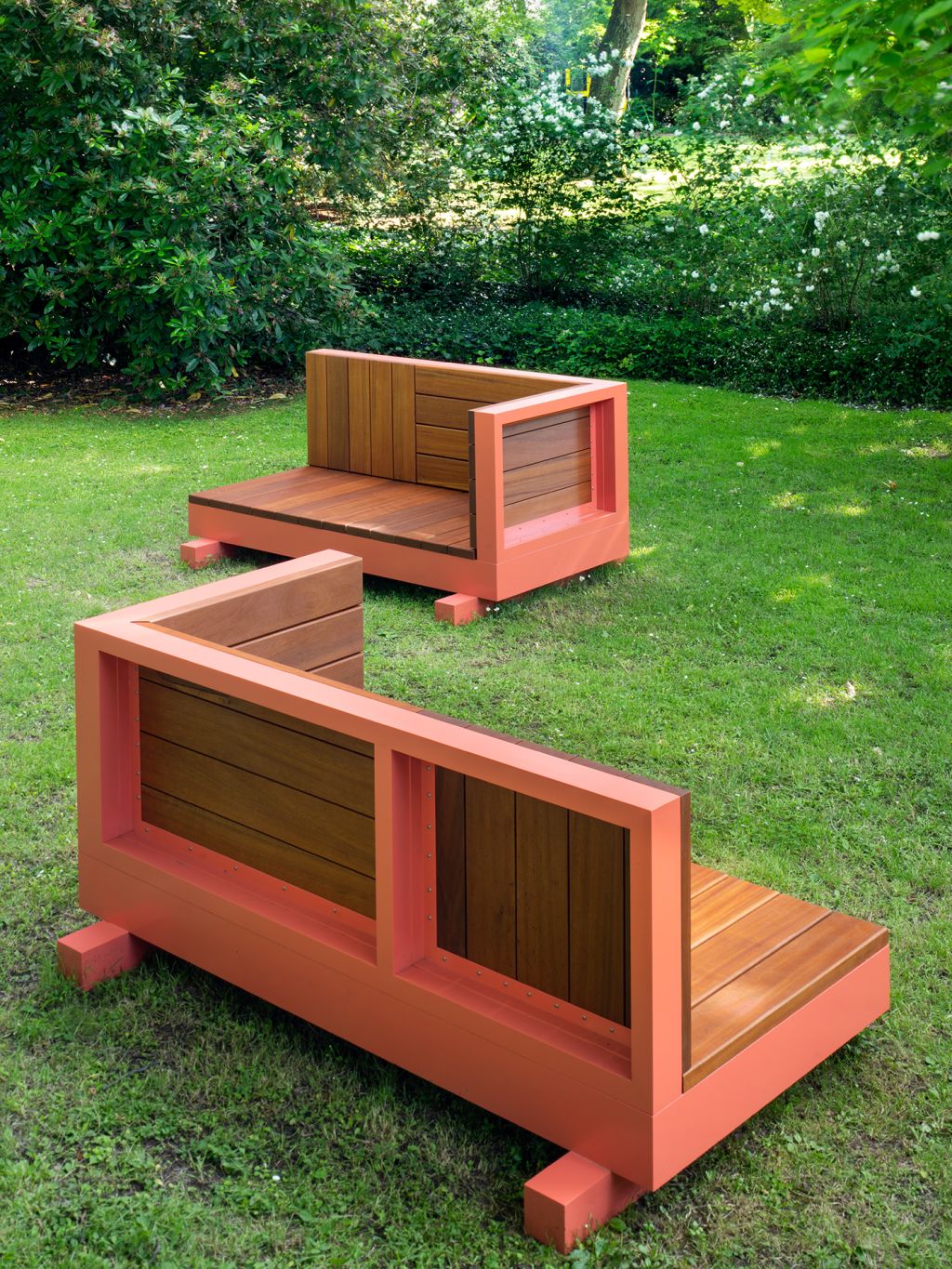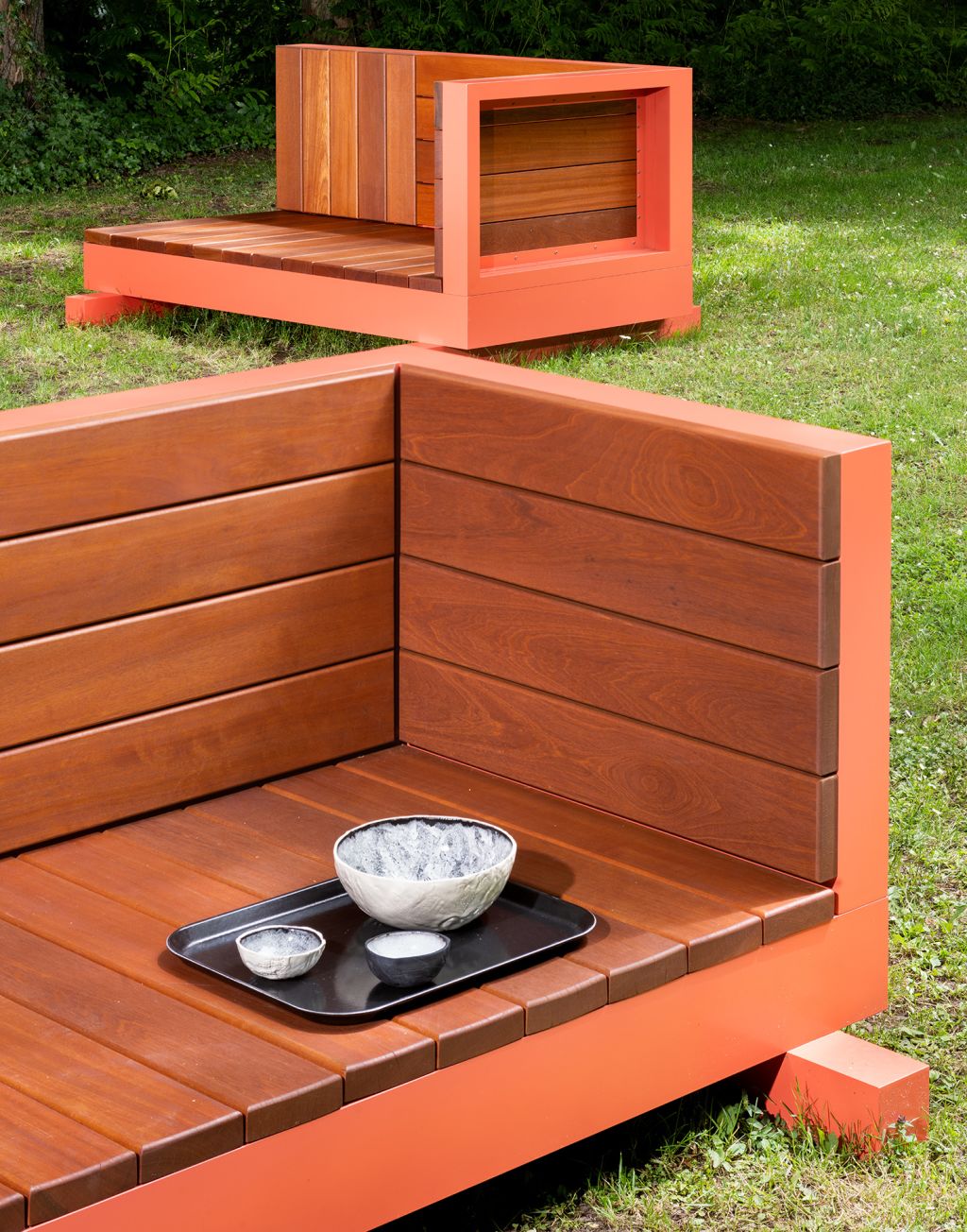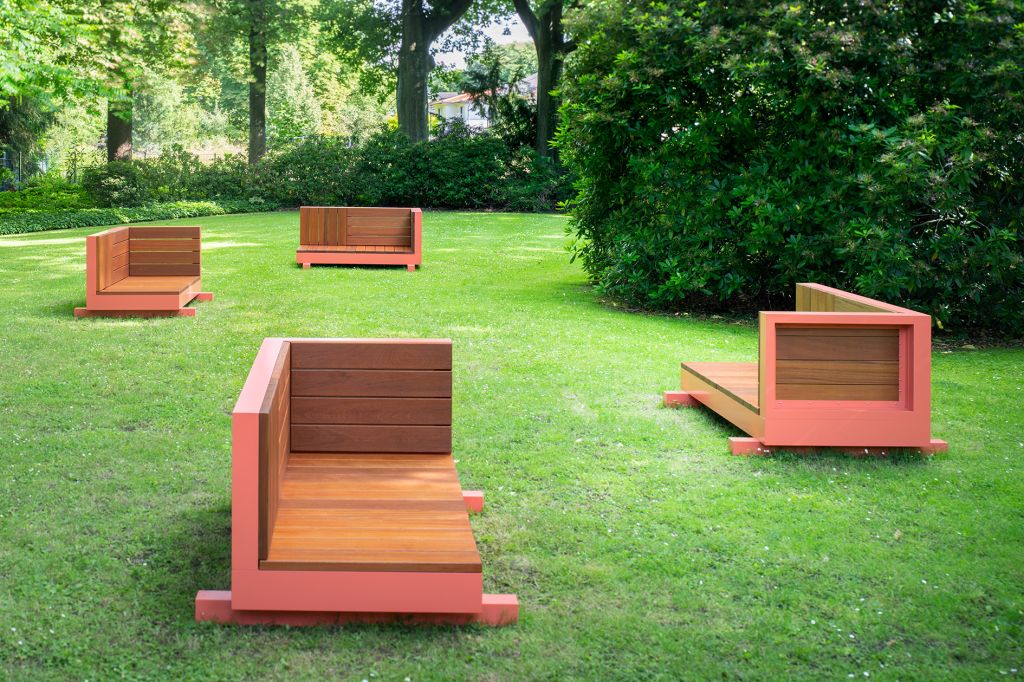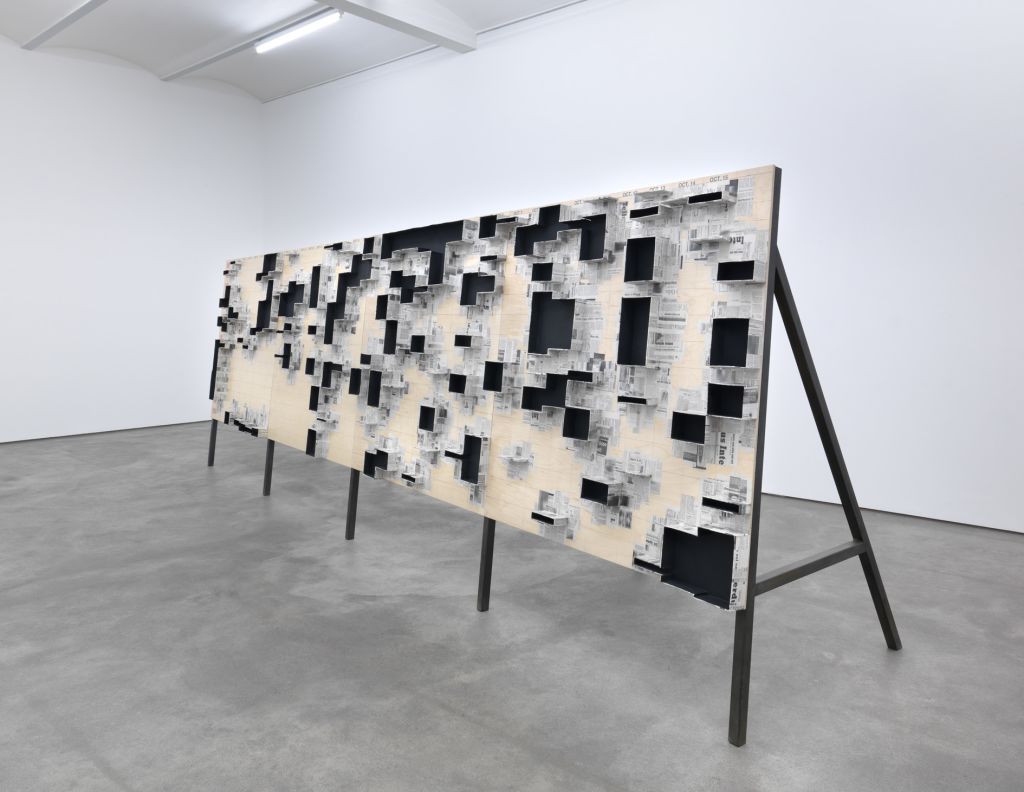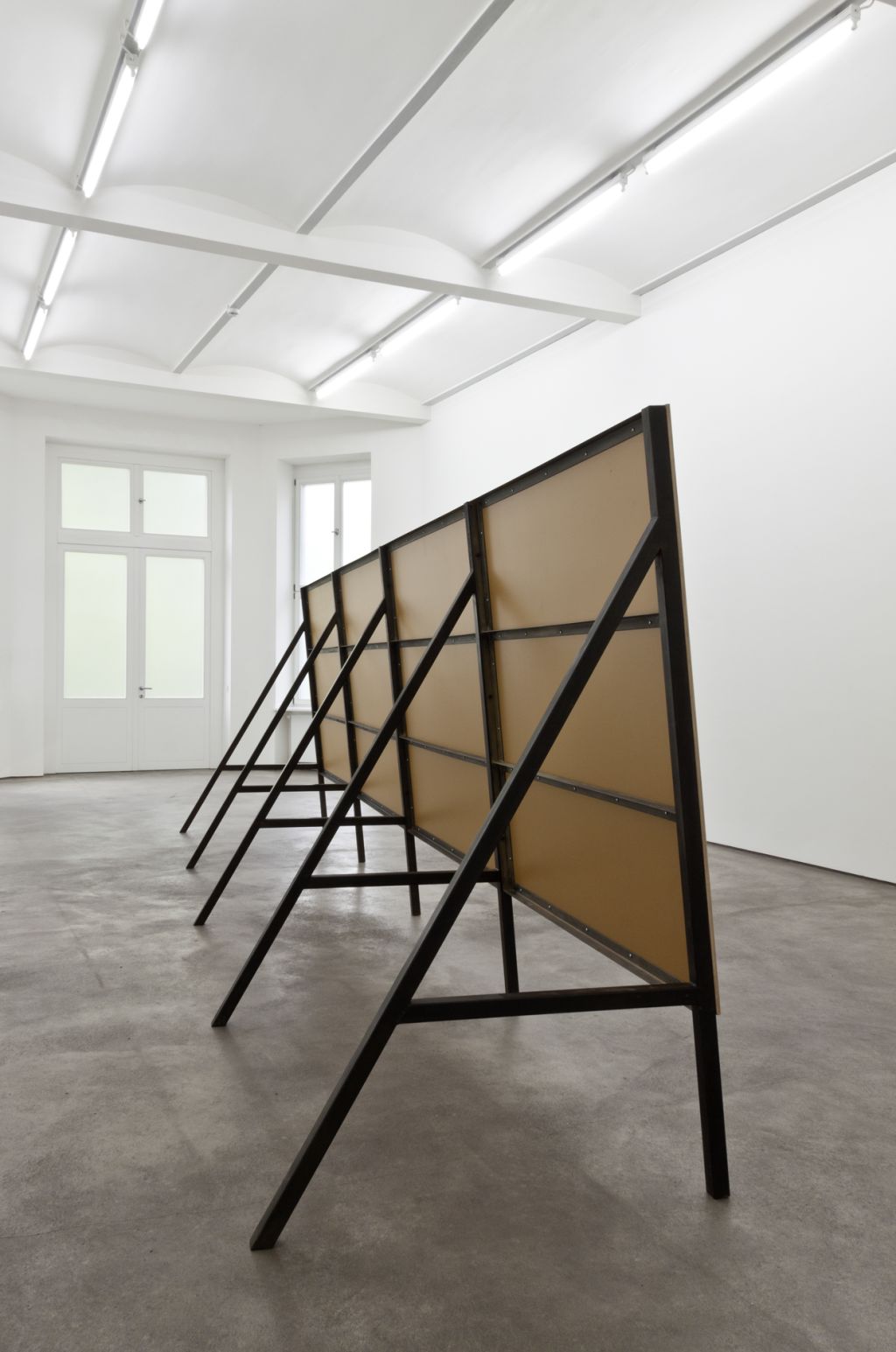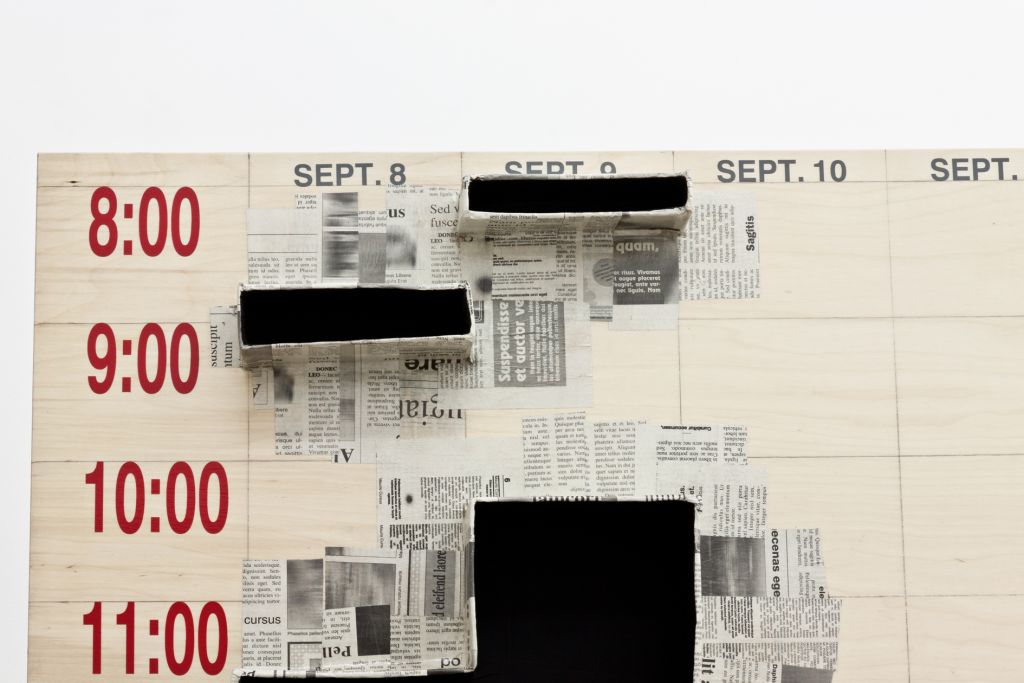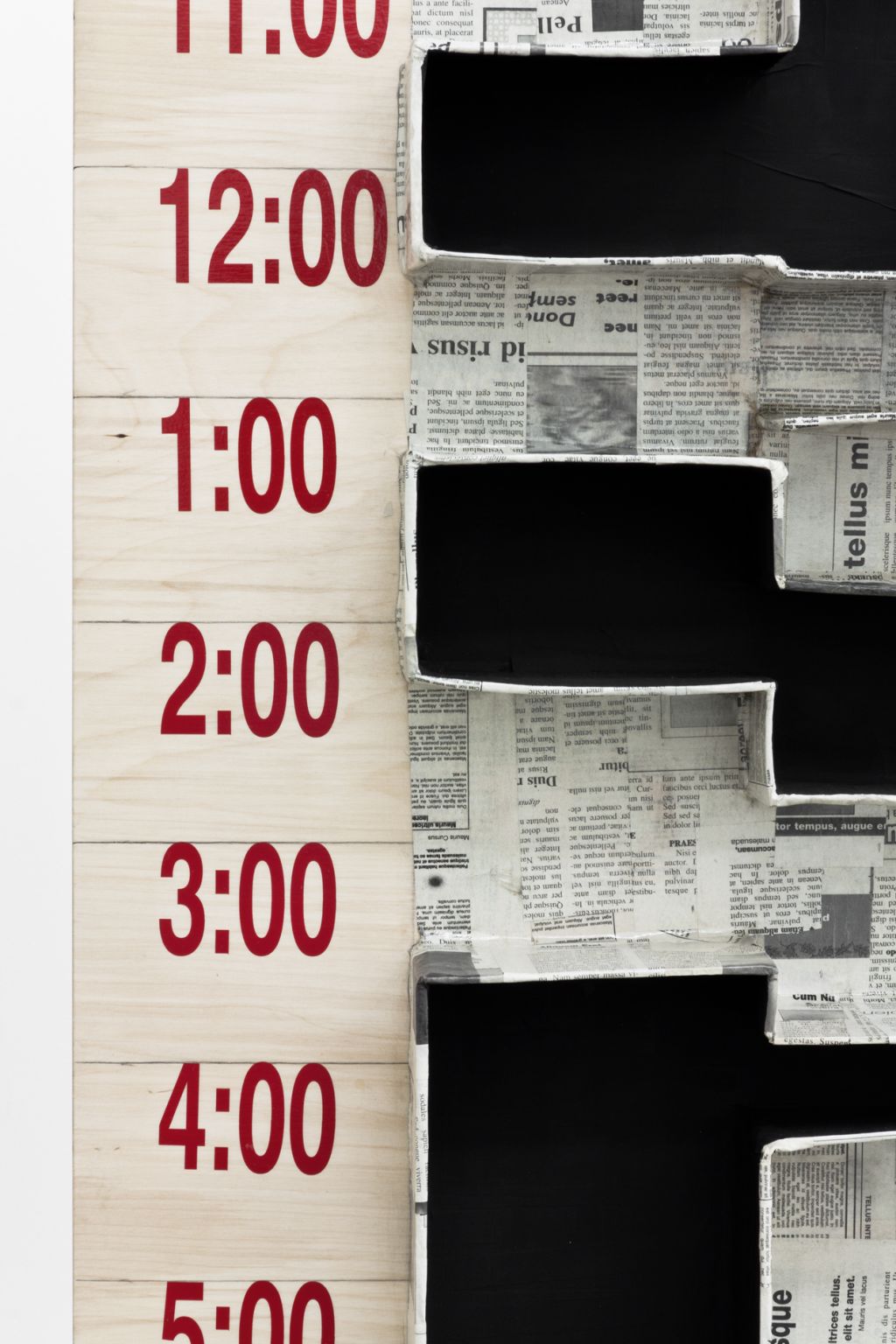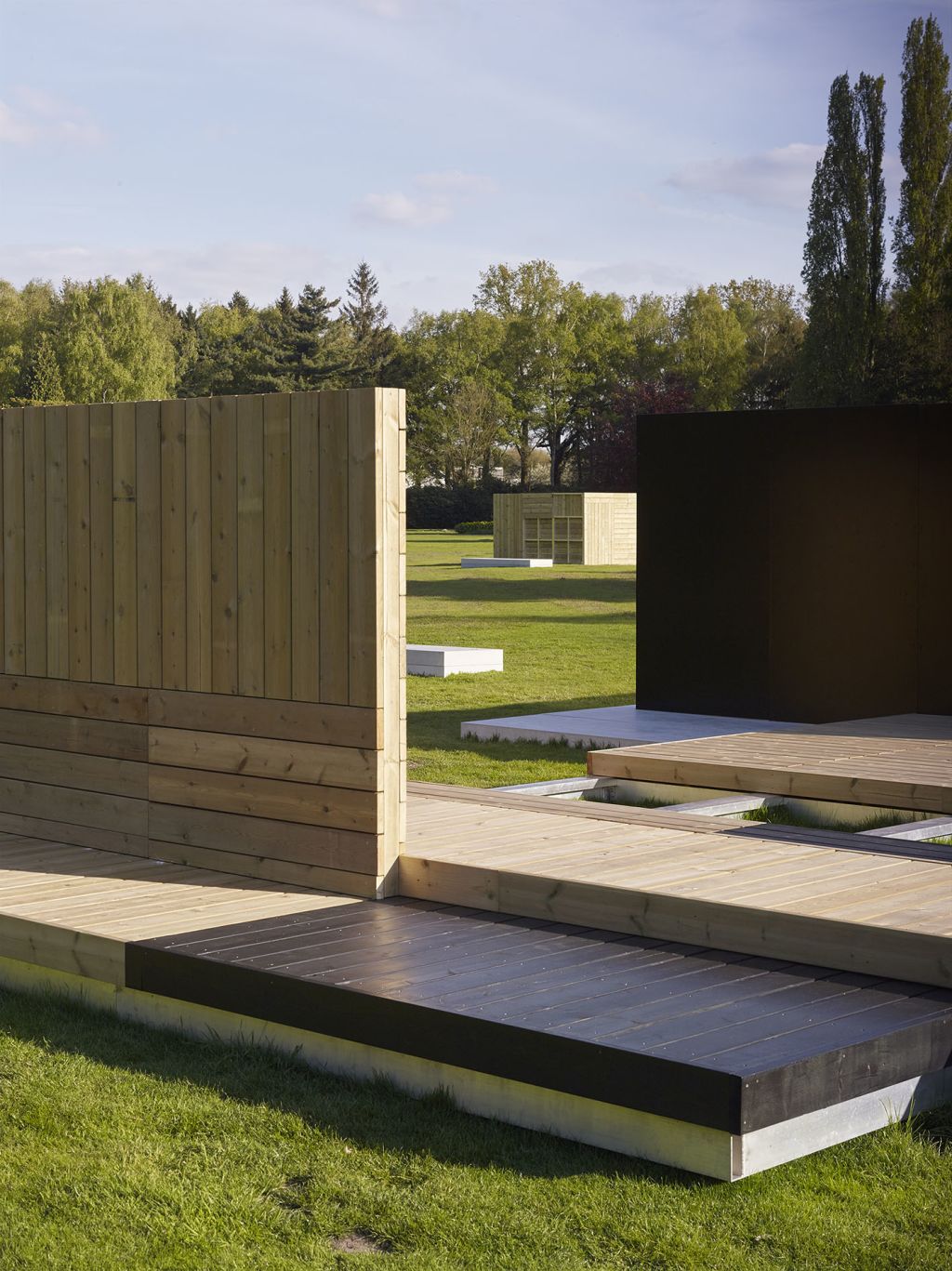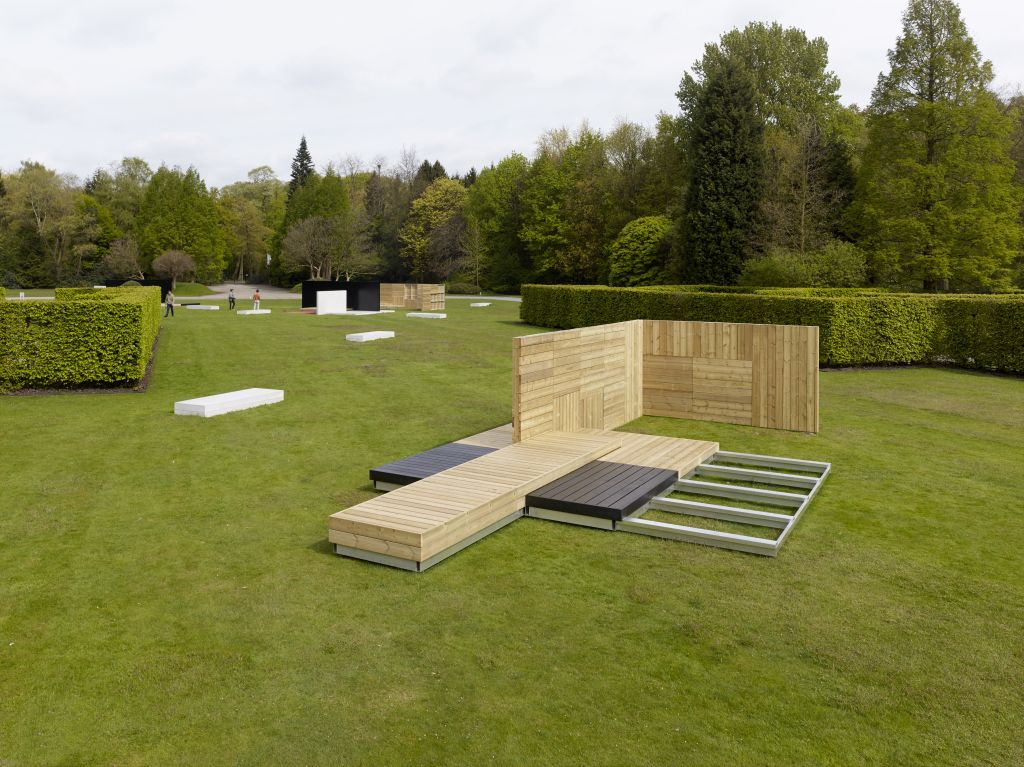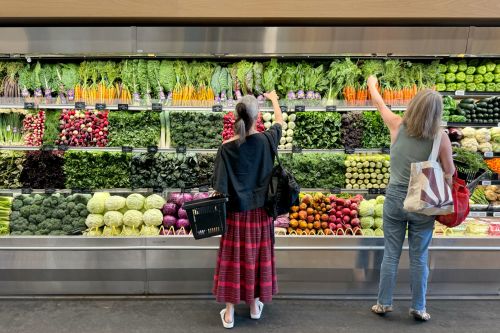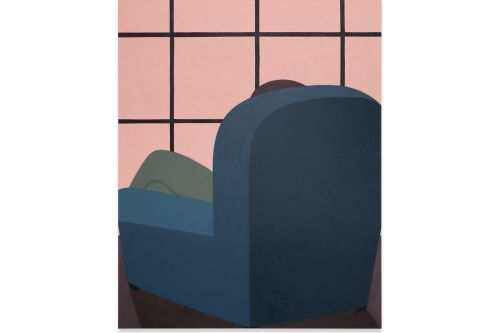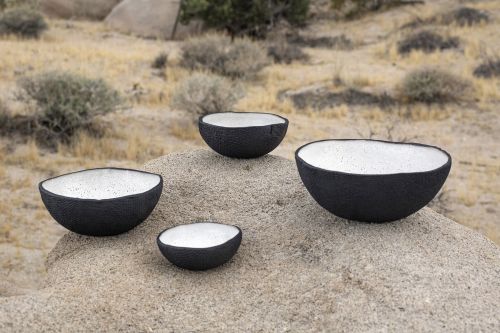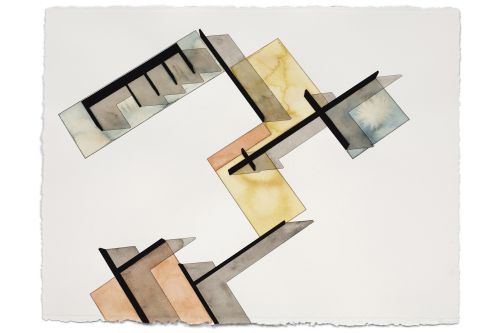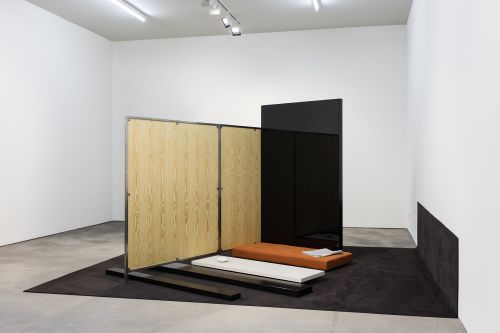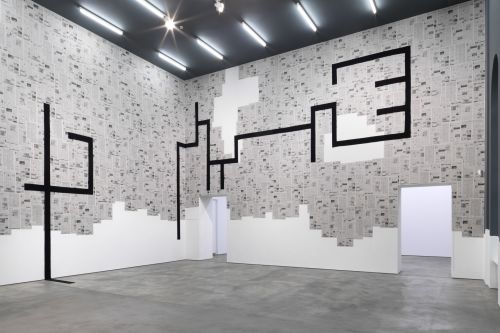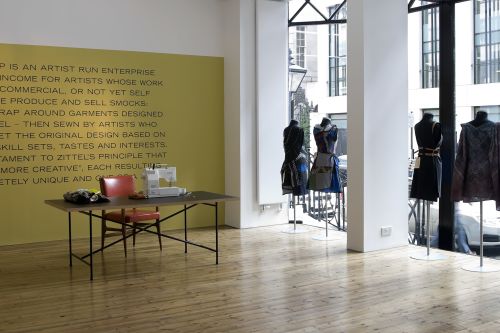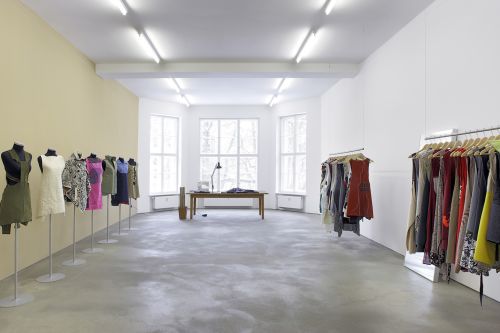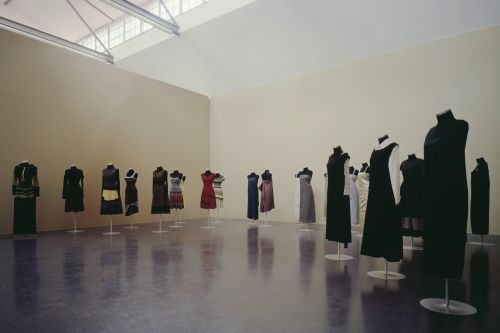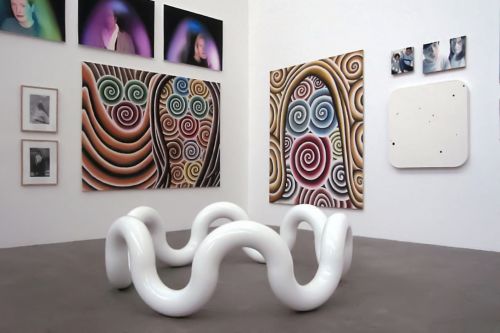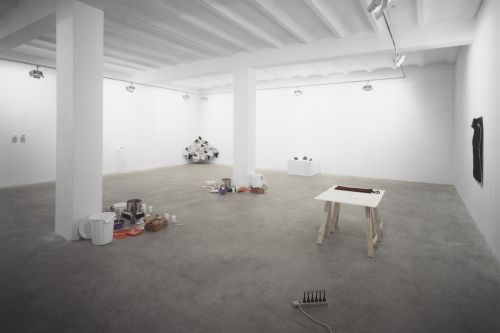Andrea Zittel (*1965, Escondido, CA), lives and works in the Californian Mojave Desert near Joshua Tree. Her work has been presented in numerous solo exhibitions internationally, including Kunstmuseum Krefeld (2022), Miller ICA Carnegie Mellon University, Purnell Center for the Arts, Pittsburgh (2020), Kunsthall Stavanger (2018), Palm Springs Art Museum, Architecture and Design Center, Palm Springs, CA (2017), Middelheim Museum, Antwerp (2015), Nevada Museum of Art, Reno, NV (2014), Baltic Center for Contemporary Art, Gateshead (2012), Indianapolis Museum of Art, Indianapolis, IN (2010), Schaulager Basel (2008), Contemporary Arts Museum, Houston, TX; New Museum of Contemporary Art, New York; The Museum of Contemporary Art, Los Angeles; Vancouver Art Gallery (all 2005), Deichtorhallen, Hamburg (1999), Neue Galerie am Landesmuseum Johanneum, Graz (1997), Louisiana Museum of Modern Art, Humlebaek (1996), and San Francisco Museum of Modern Art (1995). Major group exhibitions include KW Institute for Contemporary Art, Berlin (2023), Ludwig Múzeum, Budapest (2022), National Museum of Modern and Contemporary Art, Seoul (2021), Pinakothek der Moderne, Munich (2020), 16th Istanbul Biennial (2019), Museum of Art and Design, New York (2015), Kunsthalle Bielefeld (2013), San Francisco Museum of Craft and Design (2010), the Whitney Biennial, New York (2004, 1995), Documenta X in Kassel (1997), Skulptur Projekte Münster, Muenster (1997), and 45th Venice Biennale (1993), among many others.
| 2016 |
GSA Design Awards, Citation in Art |
| 2012 |
Frederick Kiesler Prize for Architecture and the Arts |
| 2007 |
AICA Award Best Architecture or Design Show |
| 2006 |
College Art Association Distinguished Body of Work Award |
| 2005 |
Lucelia Artist Award (Smithsonian American Art Museum) |
| 1999 |
Alfried Krupp von Bohlen and Halbach Foundation catalogue support prize, Zurich |
| 1997 |
Oribe Award |
| 1996 |
Coutts Contemporary Art Foundation Award, Zurich |
| 1995 |
Deutscher Akademischer Austauschdienst (DAAD Grant), Berlin |
| 1990 |
Award of Excellence, Rhode Island School of Design |
| 1989 |
Award of Excellence, Rhode Island School of Design |
| 1988 |
Distinction in Art, San Diego State University |
|
Paricia Clapp Scholarship in Fine Art |
| 1986 |
Elizabeth Kraft Scholarship in Sculpture |
| 2020 |
High Desert Test Sites 2020 (HDTS 2020), The Guests of the Hotel Palenque, Joshua Tree, CA, April 18–May 10, 2020 (interrupted by COVID-19) |
| 2013 |
High Desert Test Sites 2013 (HDTS 2013), Joshua Tree, CA, October 12–19, 2013 |
| 2011 |
High Desert Test Sites 2011 (HDTS 2011), Joshua Tree, CA, October 15–16, 2011 |
|
Andrea Rosen Gallery, New York, NY, Gallery 2: Lior Shvil, Operation OZ Belev-Yam, May 5–June 11, 2011 |
| 2008 |
High Desert Test Sites CB08 (HDTS CB08), Joshua Tree, CA, November 7–9, 2008 |
| 2007 |
High Desert Test Sites 2007 (HDTS 2007), Joshua Tree, CA, May 12–13, 2007 |
| 2006 |
High Desert Test Sites 5 (HDTS 5), Joshua Tree, CA, May 6–7, 2006 |
| 2004 |
High Desert Test Sites 4 (HDTS4), Joshua Tree, CA, October 23–24, 2004 |
| 2003 |
High Desert Test Sites 3 (HDTS3), Joshua Tree, CA, October 25–26, 2003 |
|
High Desert Test Sites 2 (HDTS2), Joshua Tree, CA, May 23–24, 2003 |
| 2002 |
High Desert Test Sites, Joshua Tree, CA, November 23–24, 2002 |
| 1993 |
Artist Select: Part I, Artist Space, New York, NY, November 20, 1993–January 15, 1994 |
| Addison Gallery of American Art, Andover, MA |
| Albright Knox Art Gallery, Buffalo, NY |
| Amorepacific Museum of Art, Seoul, KOR |
| CAPC musée d’art contemporain de Bordeaux |
| Center for Curatorial Studies at Bard College, Annandale-On-Hudson, NY |
| Cincinatti Art Museum, OH |
| Cooper-Hewitt National Design Museum, New York |
| Daimler Contemporary, Stuttgart |
| Fondazione Prada, Milan |
| FRAC Nord – Pas de Calais, Dunkerque |
| Grazer Kunstverein, Graz |
| Hammer Museum, Los Angeles |
| Israel Museum, Jerusalem |
| Jumex Collection, Mexico City |
| Los Angeles County Museum of Art, Los Angeles |
| Louisiana Museum of Modern Art, Humlebæk |
| Magasin 3, Stockholm |
| Metropolitan Museum of Art, New York |
| Milwaukee Art Museum |
| Moderna Museet, Stockholm |
| Museum of Contemporary Art, Chicago |
| Museum of Contemporary Art, San Diego |
| Museum of Contemporary Art, Los Angeles |
| Museum of Modern Art, New York |
| National Gallery of Australia, Parkes Australian Capital Territory |
| Nevada Museum of Art, Reno |
| Palm Springs Art Museum |
| San Francisco Museum of Modern Art |
| Sammlung Goetz, Munich |
| Schaulager, Münchenstein |
| Solomon R. Guggenheim Museum, New York |
| Tate Modern, London |
| Whitney Museum of American Art, New York |




